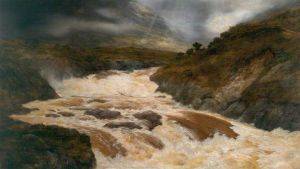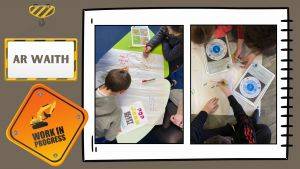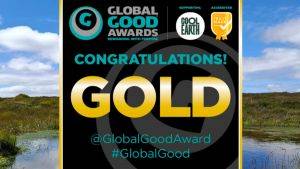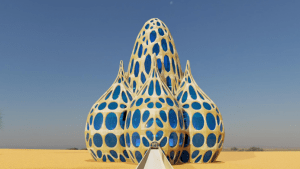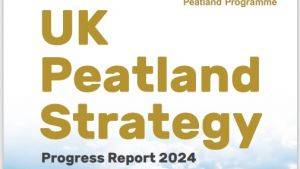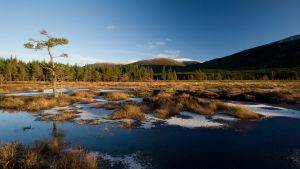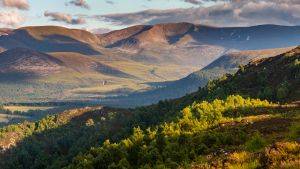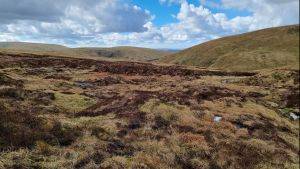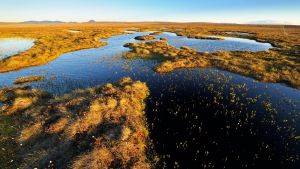Wetland Energy: Sustainable use of wet peatlands in Belarus
Introduction
In Belarus the Wetland Energy project made a peat briquette factory think and invest in a new direction – using wetland biomass for production of renewable energy fuels. Peatlands cover 15% of the land surface area in Belarus but more than half (1,505,000 ha) of this area has been drained for agriculture, forestry and peat extraction. Drained peatlands are hot spots for greenhouse gas emissions. They leak nitrate to ground- and surface waters and are biodiversity deserts. Heavy soil degradation on some sites has made using the land unprofitable and frequent peat fires on these abandoned peatlands pose significant risks for the environment and for human health.
Description
As local peat resources diminish and environmental concerns gain force, peat energy suppliers will have to think about alternatives. The EU-funded Wetland Energy project is working with a peat factory in the Grodno region of Belarus to optimise the production of renewable energy fuels from rewetted peatlands. A paludiculture pilot project has been implemented at the Lida Peat factory which covers the full paludiculture cycle; from harvesting the biomass from rewetted sites to producing fuel-pellets.
Project Aims
Scaling up This novel cooperation between a peat-briquette factory and nature conservation is very promising. Wetland Energy is now starting to assess the potential for upscaling the paludiculture concept to the national level, encouraging the other 25 peat factories in Belarus to follow the example demonstrated at the Lida Peat Factory. There is huge value in the raw materials produced when managing peatland habitat for biodiversity. Moreover, in some situations, applying paludiculture technologies may be the only option that ensures the financial viability of nature conservation management.
Restoration Delivered
Over the last fifteen years, about 50,000 ha of drained peatlands in Belarus have been rewetted and a further 500,000 ha may also be available for re-wetting. On some of these rewetted peatlands, it is possible to implement paludicultures. Paludiculture is a form of agriculture that allows farmers to manage wetlands (including many peatlands) for biomass production (e.g. reeds for insulation or biofuels) without draining or in other ways damaging peatland habitats. They increase biodiversity, mitigate nutrient losses to ground- and surface waters, and reduce greenhouse gas emissions to the atmosphere. Under ideal conditions even new peat can be formed. Using renewable biomass fuels in place of fossil fuels has major socio-economic benefits and the process also provides jobs in rural and often remote areas, prevents peat fires and promotes the reestablishment of wet peatland biodiversity
Site Activity
Managing soft wet organic soil by paludiculture – challenging but feasible Just as thatchers have developed new techniques for harvesting reedbeds, conservation managers have also developed highly productive processes for harvesting reeds and sedges. These new developments (paludiculture) show that soft, wet soils can be utilised economically, minimising damage to the soil and vegetation.
Project Name: Wetland Energy: Sustainable use of wet peatlands in Belarus
Organisation / Lead partner: Wetland Energy
Predominately: Upland

